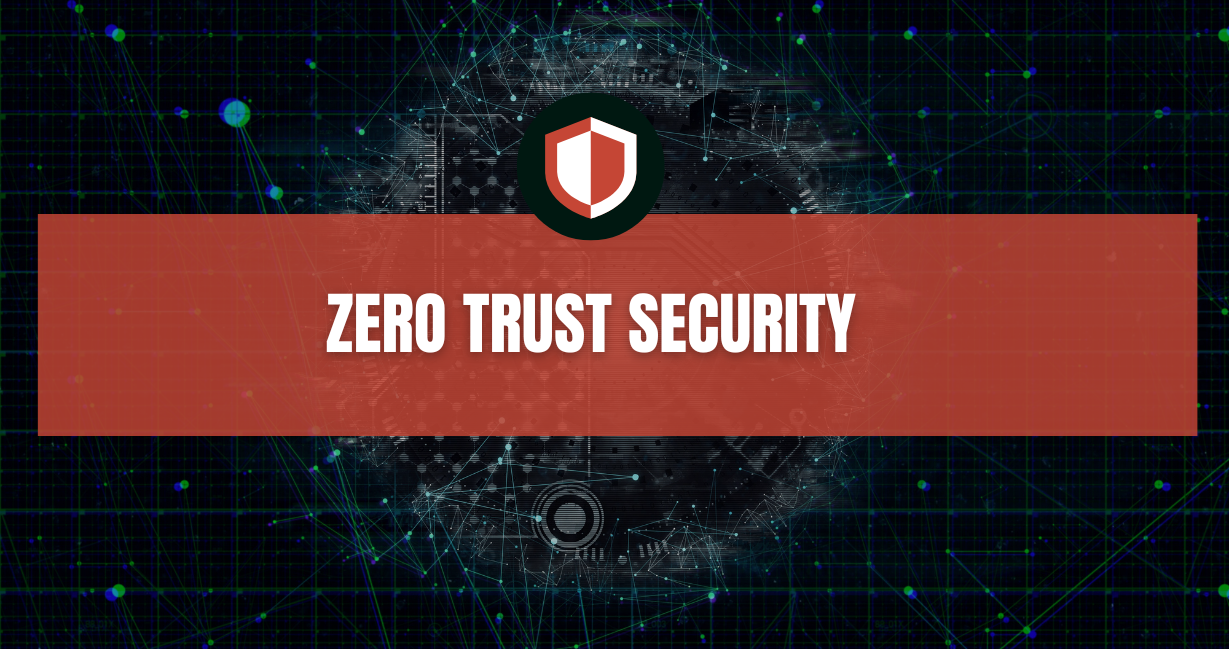quick contact
Get in touch
WORKING HOURS
Monday – Friday: 8:30am – 5pm
Contact
Call : (02) 4940 9000Located At
110/10 Kenrick St, The Junction NSW 2291
In today’s digital-first world, traditional perimeter-based security is no longer enough to protect sensitive business data. With remote work, cloud adoption, and increasingly sophisticated cyber threats, organisations need a stronger defense strategy. That’s where Zero Trust security comes in.
Zero Trust is more than a cybersecurity framework—it’s a mindset shift. The philosophy is simple but powerful: never trust, always verify. Whether access requests come from inside or outside the network, every user, device, and application must be authenticated, authorised, and continuously validated.
The Zero Trust model operates under the assumption that threats can exist both inside and outside the organisation. By default, no request is trusted, and every user or device must prove its legitimacy before gaining access.
Based on the principle of least privilege, users and devices are granted only the minimum access needed to perform their tasks. This reduces the risk of unauthorised access to critical systems and sensitive data.
Unlike traditional security models that verify access once, Zero Trust security requires ongoing monitoring throughout a session. This ensures malicious activity is detected quickly—even after initial access is granted.
Every access request must go through strong authentication and authorization measures, regardless of whether it originates from inside the corporate network or remotely.
Zero Trust Architecture is the foundation of the Zero Trust model. It ensures no user or device is automatically trusted, even when connected to a company’s internal systems. Key elements include:
As businesses move to cloud platforms and hybrid work environments, Zero Trust adoption is accelerating. Many organisations now implement Zero Trust policies as part of their cybersecurity strategy to protect against evolving cyberattacks and data breaches.
Cybersecurity for businesses is no longer optional—it’s essential. Zero Trust provides a comprehensive security framework designed for today’s complex digital landscape. By combining strict access controls, continuous monitoring, and advanced identity verification, organisations can minimize risk and better protect sensitive information.
If your business hasn’t yet started the Zero Trust journey, now is the time. A proactive approach today can prevent costly breaches tomorrow.